22 Vegetables for Juicing (& Which to Avoid)
If you’re looking to add more fruits and vegetables to your diet, juicing is a great way to do it! Not sure where to start? Check out this list of vegetables to juice for some ideas. I’ve also included the worst vegetables to juice.
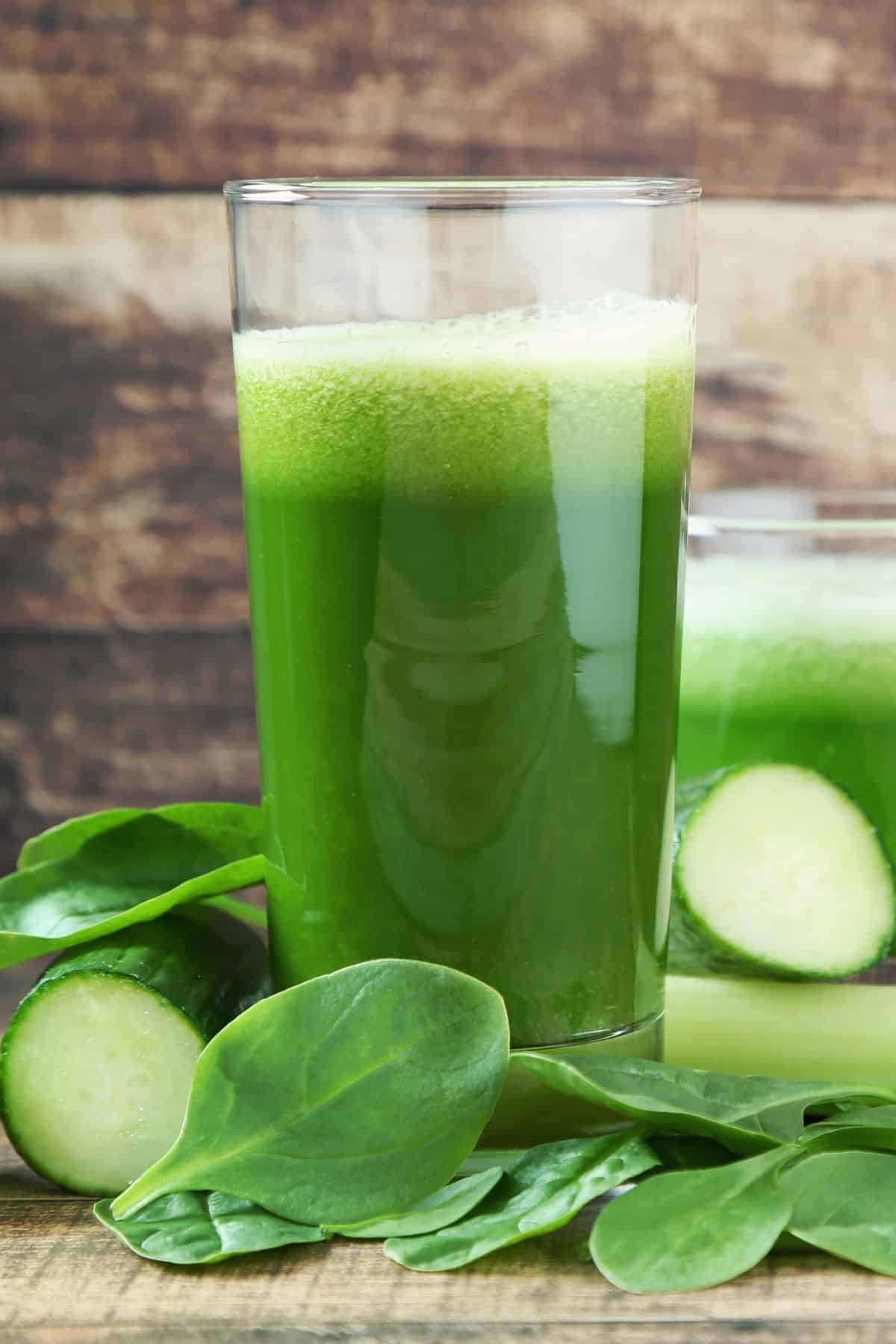
There are many potential benefits to vegetable juicing, such as improving your immune system and helping you get the vitamins and minerals your body needs.
But, not every vegetable is good for making juice. Some are too bitter and others don’t have the right texture. Here is the most comprehensive list out there on Vegetables to Juice so you get the most bang for your buck.
I’ve also included information on the worst vegetables to juice so you can avoid making a juice that isn’t good.
Vegetables for Juicing List
Here is a summarized list of vegetables that are great for using in a juicer to make homemade juice.
- Carrots
- Beets
- Celery
- Ginger
- Spinach
- Kale
- Cucumber
- Collard Greens
- Swiss Chard
- Dandelion Greens
- Fennel
- Cabbage
- Sweet Potatoes
- Wheatgrass
- Lettuce
- Mint
- Parsley
- Cilantro
- Broccoli
- Bok Choy
- Asparagus
- Zucchini
You might also like my list of the best herbs for juicing.
Vegetable Juice List With Recipes
Here’s some more info about my list of veggies to juice, including potential health benefits and suggested combinations.
There are several reasons why certain vegetables are better than others including water content, flavor profile, expense, and more.
Based on my decades of experience with vegetable juicing, this is my best list!
1. Carrots
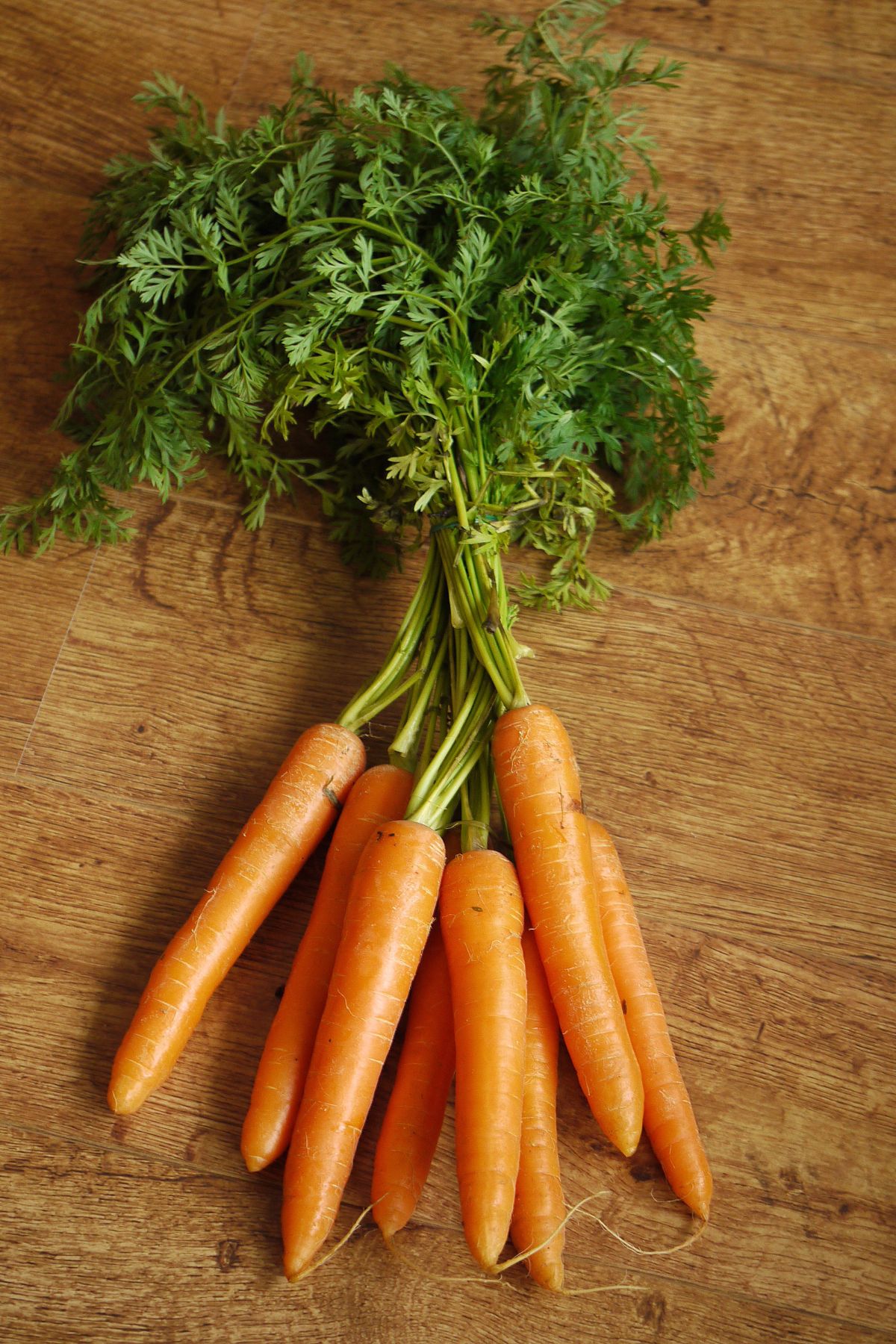
One of my favorite ingredients for juicing, carrots are so versatile and just packed with useful nutrients.
These include antioxidants, carotenoids (that give them their vibrant color), polyphenols, and lots of fiber. They have been shown to help lower cholesterol levels and offer protection against macular degeneration as you age.
You can enjoy carrot juice just as it is – it has a delicious, natural sweetness.
But, it pairs well with lots of other ingredients, especially apples, oranges, and pineapple. You could also try adding herbs and spices – basil, parsley, cinnamon, and cayenne pepper all work well.
See my favorite recipe for Carrot Juice with orange and ginger. This juice is also on my list of the best juicing recipes for energy!
2. Beets
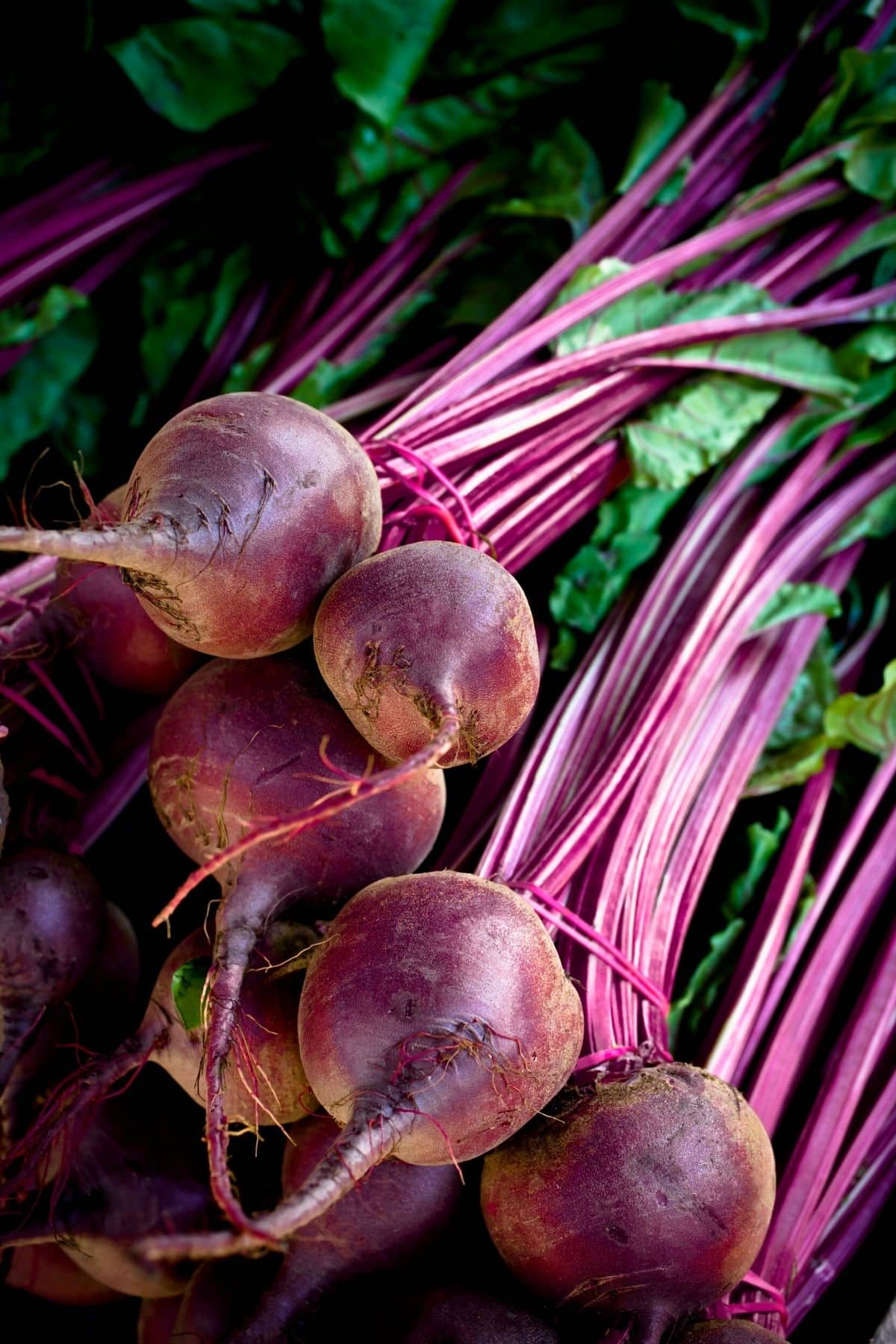
They may be messy to work with, but beets offer enormous health benefits and are well worth the trouble!
Research has shown beets and beet juice have lots of health benefits. Some of these benefits include cancer prevention and reducing blood pressure, to improving cognitive function and exercise performance.
I have a whole article about the health benefits of beet juice.
They also make a tasty and colorful addition to your juices, with a pleasant, earthy flavor that you can easily combine with other ingredients.
Try juicing beets with apples, celery, and a small piece of peeled fresh ginger. They also work well with carrots and watermelon.
See my very popular Beet Juice Recipe that tastes great.
3. Celery
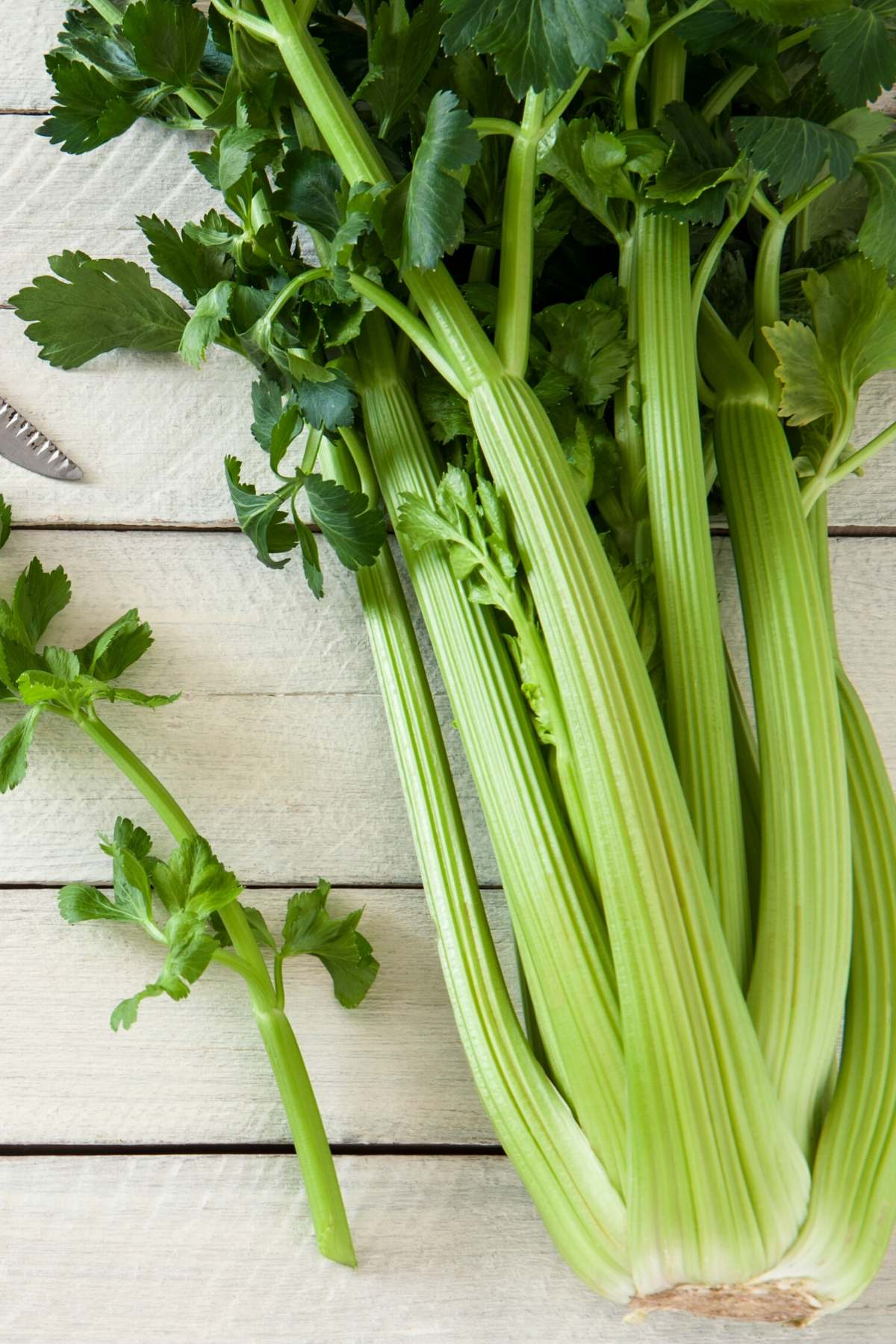
It may surprise you to find out that celery is an incredibly healthy vegetable with tons of nutritional benefits.
Studies have shown that – amongst other benefits – it is good for the heart and has antibacterial, antifungal, and anti-inflammatory properties.
Although you can drink celery juice just as it is, some people find it bland and a little salty. For that reason, I recommend mixing it with other healthy ingredients, like apples, lemon juice, fresh ginger, or cucumber.
See my top-ranked Celery Juice recipe. This is one of the most popular recipes on my entire website!
4. Ginger
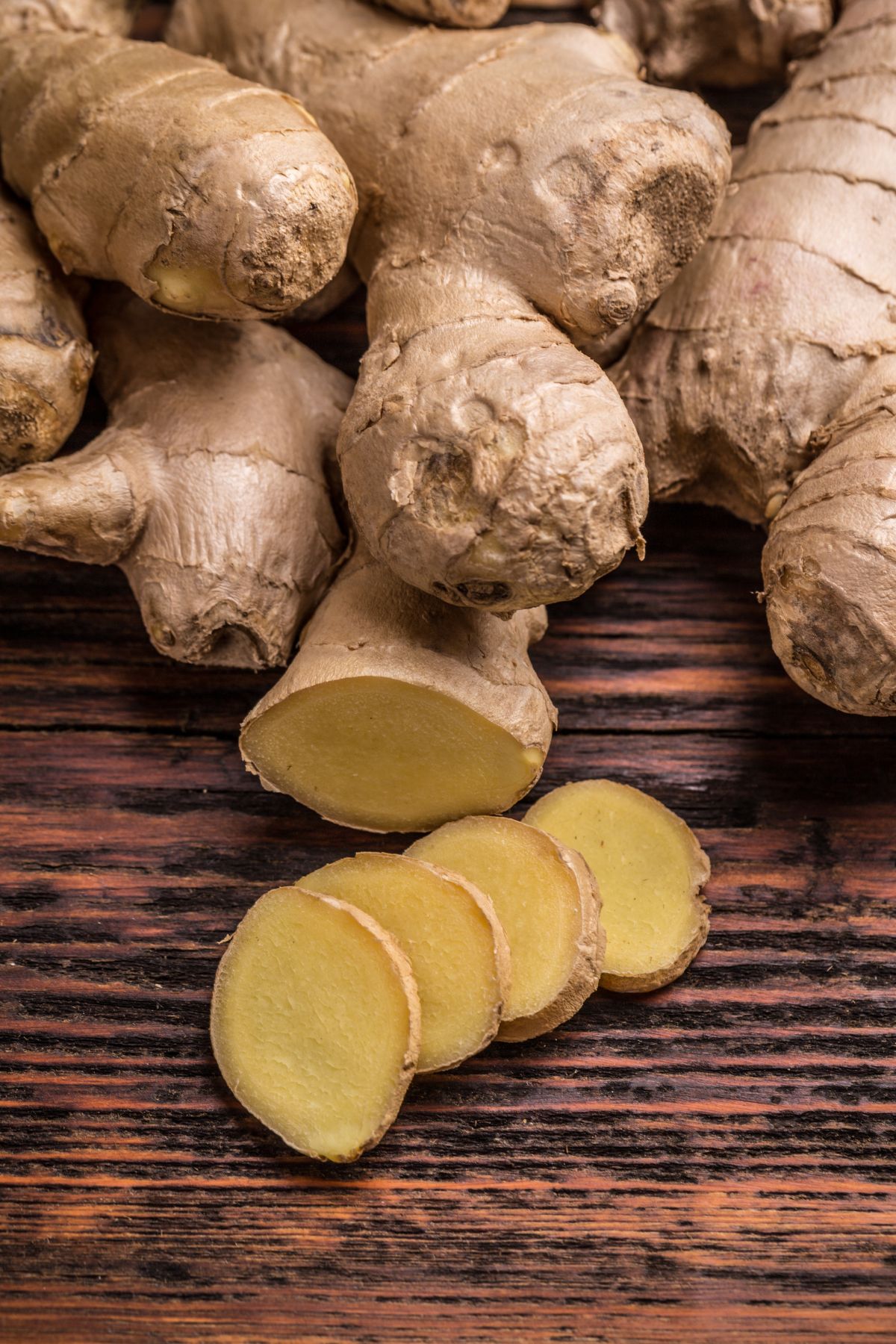
Juicing fresh ginger is one of the best things you can do for your body!
This pleasantly spicy root offers a myriad of benefits to human health, offering protection against cancer, helping control type 2 diabetes, and even reducing menstrual pain!
Ginger is probably best known, however, for its digestive benefits, with studies showing that it can help empty the stomach more quickly.
I always peel ginger before juicing it. The skin isn’t harmful but it can give your juice a bitter flavor.
Most people find the taste of straight ginger juice a little too potent, so you might prefer to dilute it with water or coconut water. You may also like to add a little honey for sweetness.
Other ingredients that complement ginger well include mint, lemon, beets, or leafy greens like spinach.
Some of my favorite juice recipes with ginger include:
5. Spinach

Tender, green spinach leaves are ideal for juicing, producing a drink with a fairly mild flavor compared to other leafy greens.
Spinach is very nutrient-rich, packed with high levels of vitamin C, carotenoids, folic acid, calcium, and iron.
And just like carrots, spinach has properties that can protect your eye health as you age.
If you find the taste of straight spinach juice a little too earthy for your liking, there are several ways you can make it more palatable. Juicing it with apples is the most popular method, but other good choices include cucumber, parsley, lemon, ginger, and carrots.
You can juice baby spinach or full-sized spinach, including the stems.
Try my Green Vegetable Juice recipe for one that includes spinach. Or, I like this Spinach Juice recipe!
6. Kale
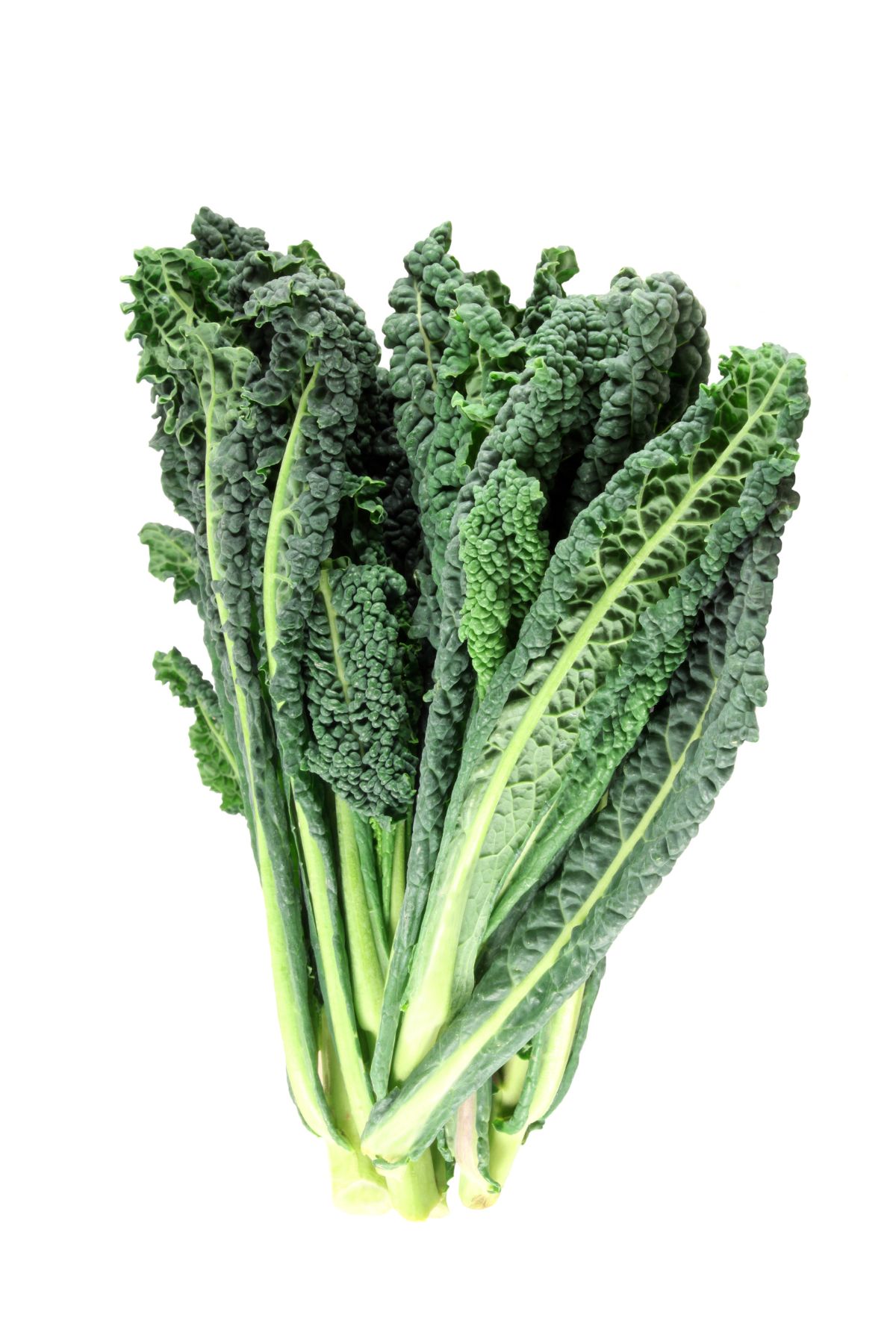
Kale juice sometimes gets a bad rap, with a reputation for being unpleasantly bitter. But there are a few ways to tame that flavor – and lots of reasons why you should!
Kale contains a whole spectrum of vitamins, along with carotenoids, fiber, and folate. Considered one of the most nutrient-dense foods on the planet, it can help lower cholesterol and protect against cancer.
If you struggle to enjoy raw kale, you can try reducing its bitterness before juicing it. Rubbing it with your hands until it looks wilted is an easy way to do this (strange but true!).
Alternatively, you can blend it with a sweet fruit like apple or pineapple, or balance the flavor by adding lemon juice. Rather than making the bitterness worse, the acidity of citrus juice actually neutralizes the bitterness in kale.
You can juice any type of variety of kale including Lacinato, Dinosaur, or baby kale.
See my favorite Kale Juice recipe and learn more about the benefits of juicing kale.
7. Cucumber
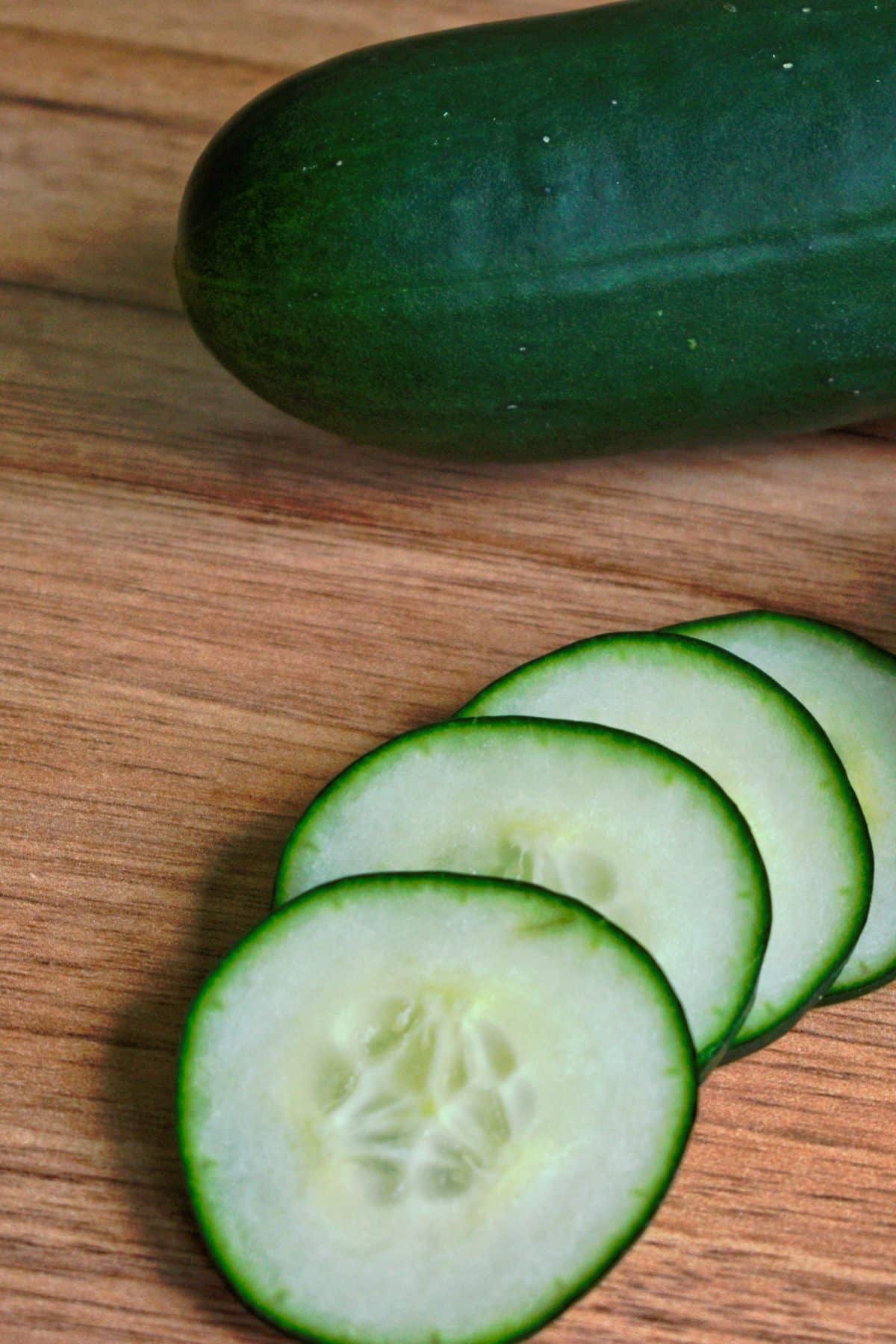
If you’ve always assumed that cucumber is too watery to offer much in the way of nutrition, then you’d be mistaken.
From the same family as melons, cucumbers can help regulate your blood pressure, assist with digestion, and protect against cancer.
Some people like to remove the skin before juicing cucumbers. I recommend leaving it on – mainly because it is so rich in vitamins and minerals but also because it gives the juice a lovely green color! Straight cucumber juice is very hydrating and refreshing if a little bland in flavor.
Try pairing it with apple, pineapple, watermelon, or a combination of lemon and mint. Ginger goes nicely with cucumber too, as do basil and thyme.
You can juice virtually any type of cucumber including English cucumbers or Persian cucumbers.
Or, make straight cucumber juice; see my Cucumber Juice recipe. For a sweeter juice, try this Pineapple Cucumber Juice recipe.
8. Collard Greens

Belonging to the cabbage family, the smooth, flat leaves of collard greens contain lots of antioxidants, vitamins, and minerals.
Although scientific research into collard greens is limited, they are considered just as beneficial as other cruciferous vegetables, offering protection against serious diseases like cancer and supporting heart health.
Use tender, young leaves for juicing as older leaves can be quite bitter. But even the young leaves can produce a juice that’s a little too bitter for some!
To make it more palatable, mix it with apple and beet juice, or try mango juice for a tropical twist.
9. Swiss Chard
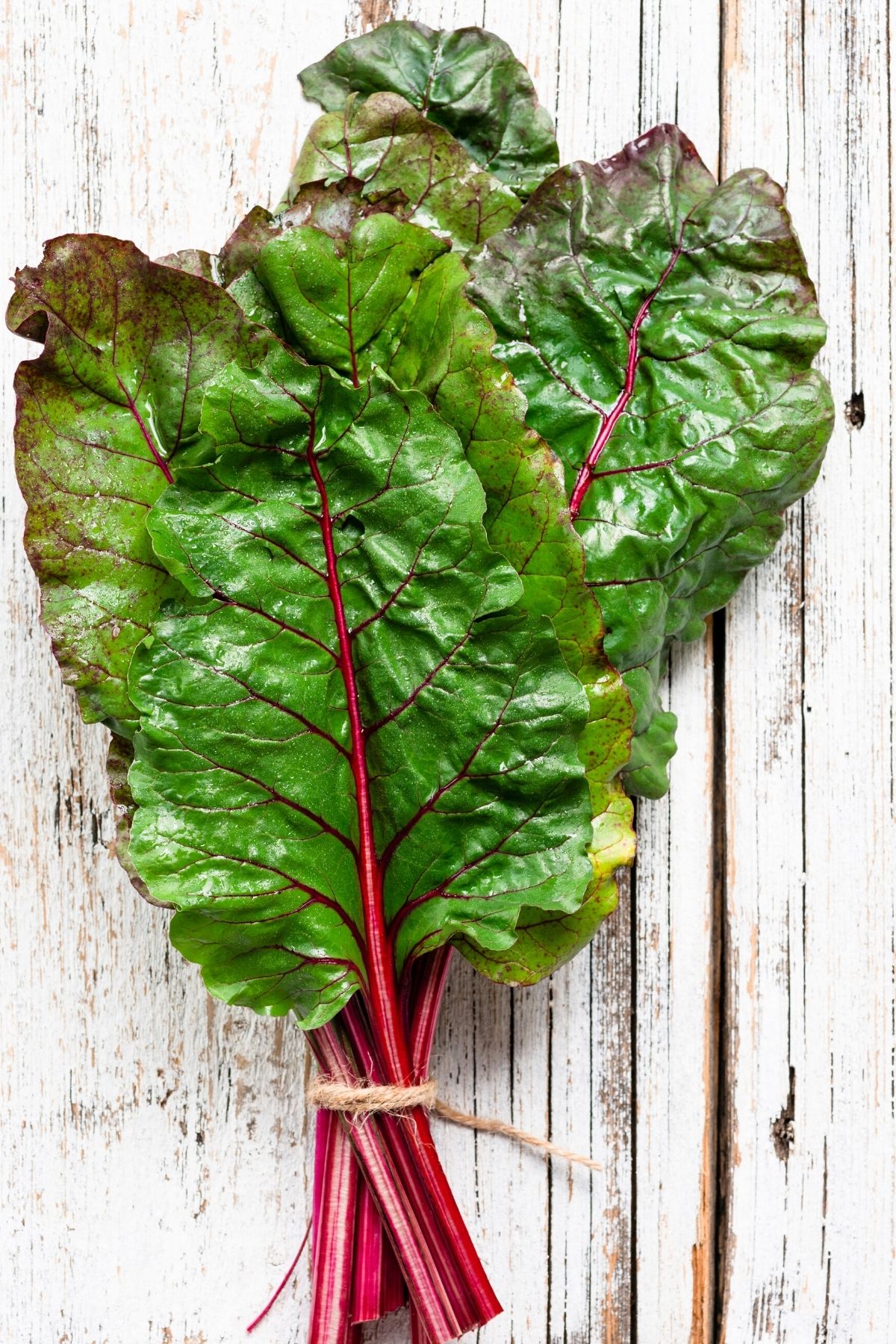
With its crisp, brightly colored stems, Swiss chard is one of the prettiest looking vegetables around! It is also one of the healthiest vegetables, providing a whole host of antioxidants (including the powerful compound kaempferol), plus fiber, vitamins, and magnesium.
The flavor (and appearance) differs slightly from one variety to another. In general, however, chard has an earthy flavor that some people find a little bitter.
If you don’t enjoy it straight, try mixing the juice with cucumber, carrots, or apple. It also tastes great with fresh ginger.
10. Dandelion Greens
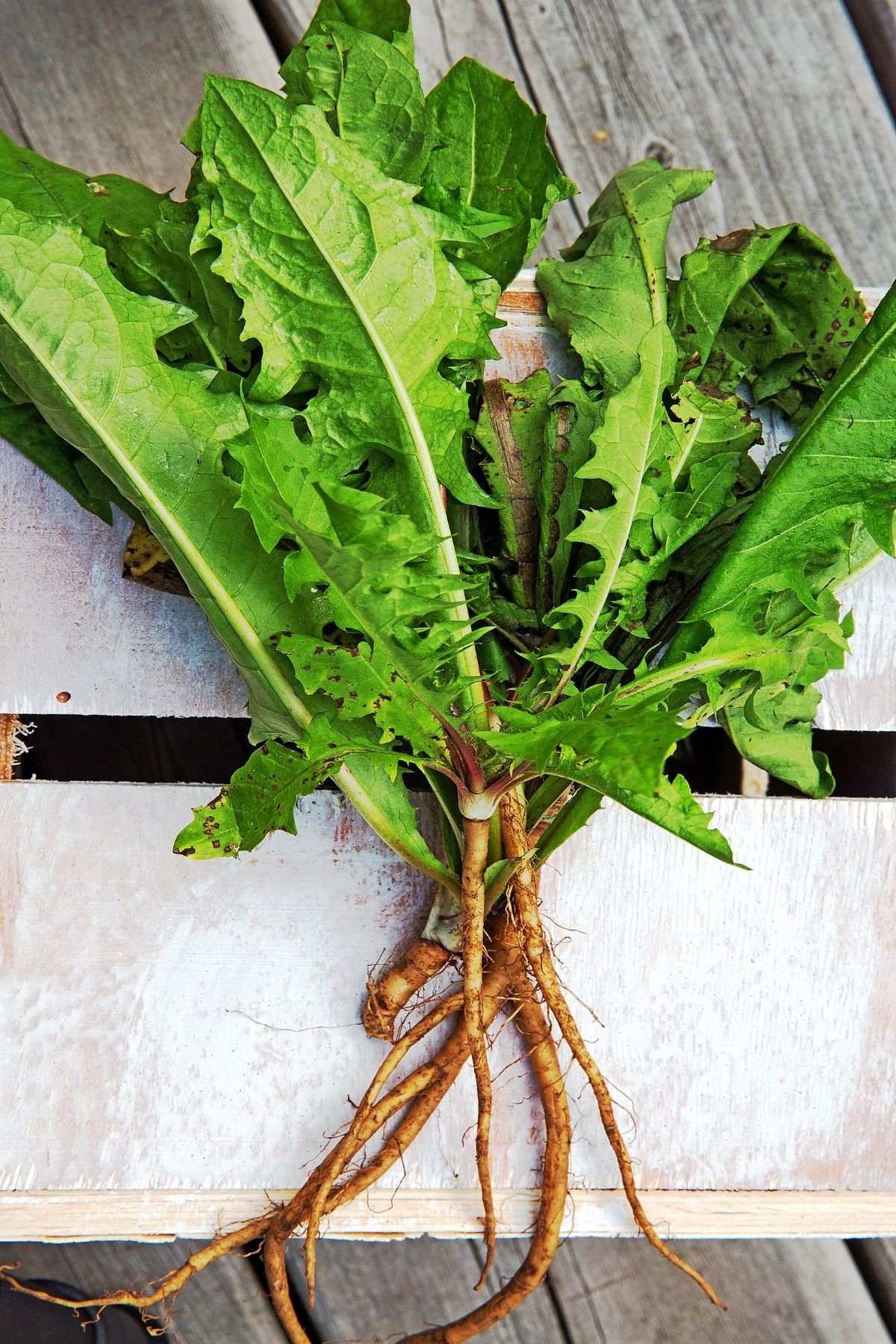
If you’ve never tried them, you might be surprised to find that those long leaves that grow all around dandelion flowers are both tasty and loaded with nutrients!
Studies have shown that they can be useful in controlling inflammation and may even lower cholesterol levels.
Because dandelion leaves are somewhat similar to endive or radicchio in flavor – and therefore quite bitter – they haven’t yet become popular for juicing.
But it’s a shame to miss out on all those nutrients, particularly when the bitterness is so easy to disguise!
Try mixing the dandelion juice with any combination of apple, cucumber, ginger, or lemon juice. Fresh pineapple works well too.
See my recipe for Dandelion Green Juice!
11. Fennel

Fennel is a member of the carrot family but couldn’t be more different in flavor!
The crisp leaves of the bulb have a strong aniseed taste or licorice flavor – particularly when raw – that people tend to love or hate.
But fennel packs some pretty impressive health benefits, so it’s certainly worth giving the juice a try. It has been used for medicinal purposes for years, safely and effectively helping with a range of conditions from abdominal pains and flatulence to mouth ulcers and insomnia.
Unless you are a real fan of that anise/licorice flavor, you might not want to consume straight fennel juice.
But many people find that mixing it with apple, beets, celery, or cucumber can make the flavor a lot more pleasant. Be sure to pop the feathery fronds from the fennel in your juicer, too.
See my Fennel Juice recipe.
12. Cabbage
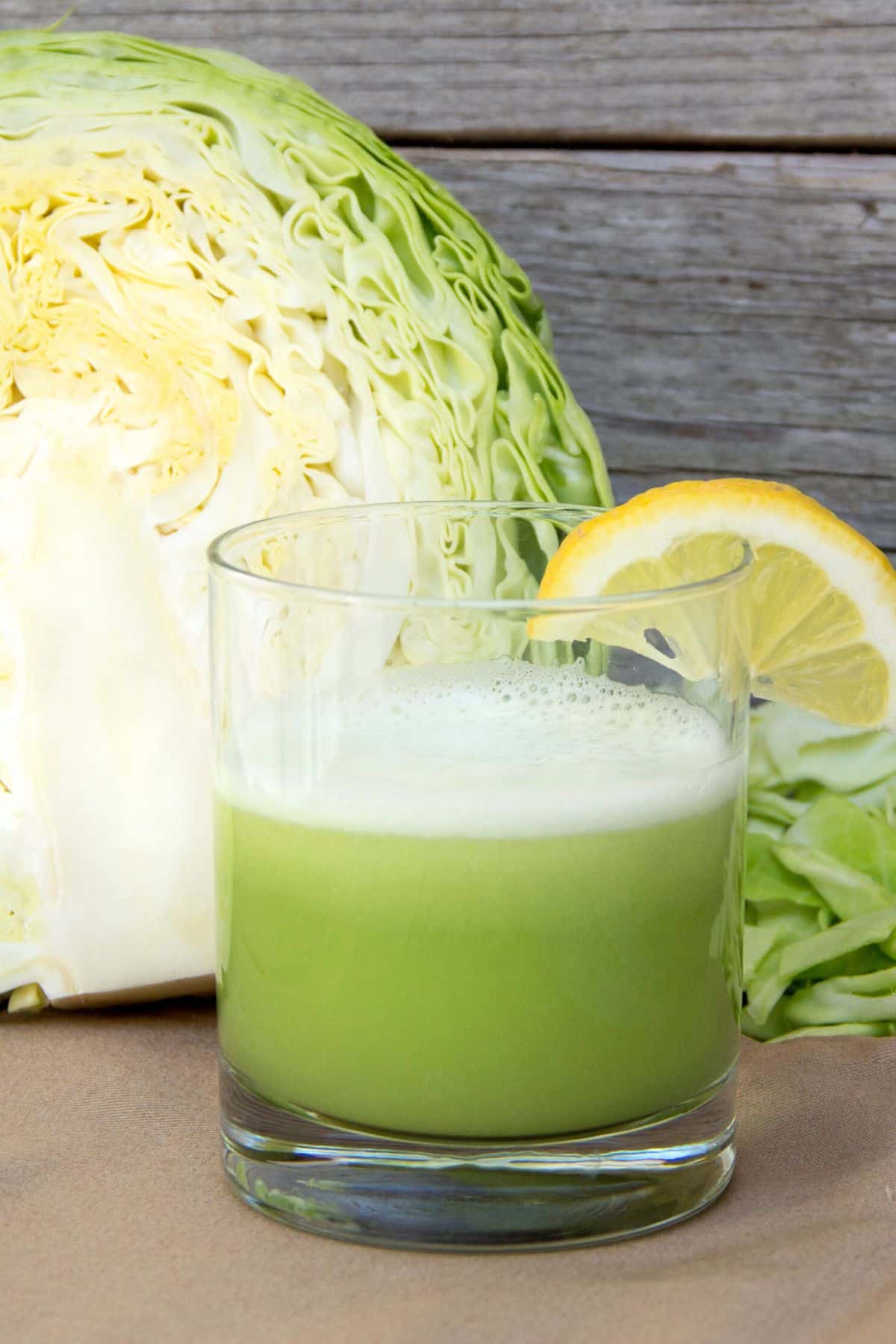
Cabbage often gets overshadowed these days by more popular veggies like kale – but it still has plenty going for it!
Cabbage can help protect against oxidative stress, thereby limiting the progression of heart disease and helping prevent cancer.
It can also help prevent inflammation and contains the soluble fiber our bodies need for a healthy gut (see my list of the best gut healing foods).
Cabbage juice has a strong flavor and is best paired with a sweeter, more mellow partner. Apple and carrots are the best choices, but orange juice works well too.
See my recipe for Cabbage Juice using green cabbage or my Purple Cabbage Juice recipe.
13. Sweet Potatoes

You may have never considered juicing sweet potatoes – but it’s a great way to take advantage of all the nutrients they contain!
Considered a superfood, sweet potatoes are an excellent source of beta-carotene, along with vitamins A, B6, and C, plus potassium and fiber.
Best of all, they are naturally and deliciously sweet! The juice they produce is a little different from most vegetable juices, being quite creamy in texture. It tastes great just as it is, but also lends itself well to a wide variety of combinations.
Try mixing sweet potato juice with carrot or citrus juice. It also tastes wonderful with the addition of spices, especially cinnamon, turmeric, and ginger.
Peel the sweet potato and juice the orange flesh raw.
14. Wheatgrass
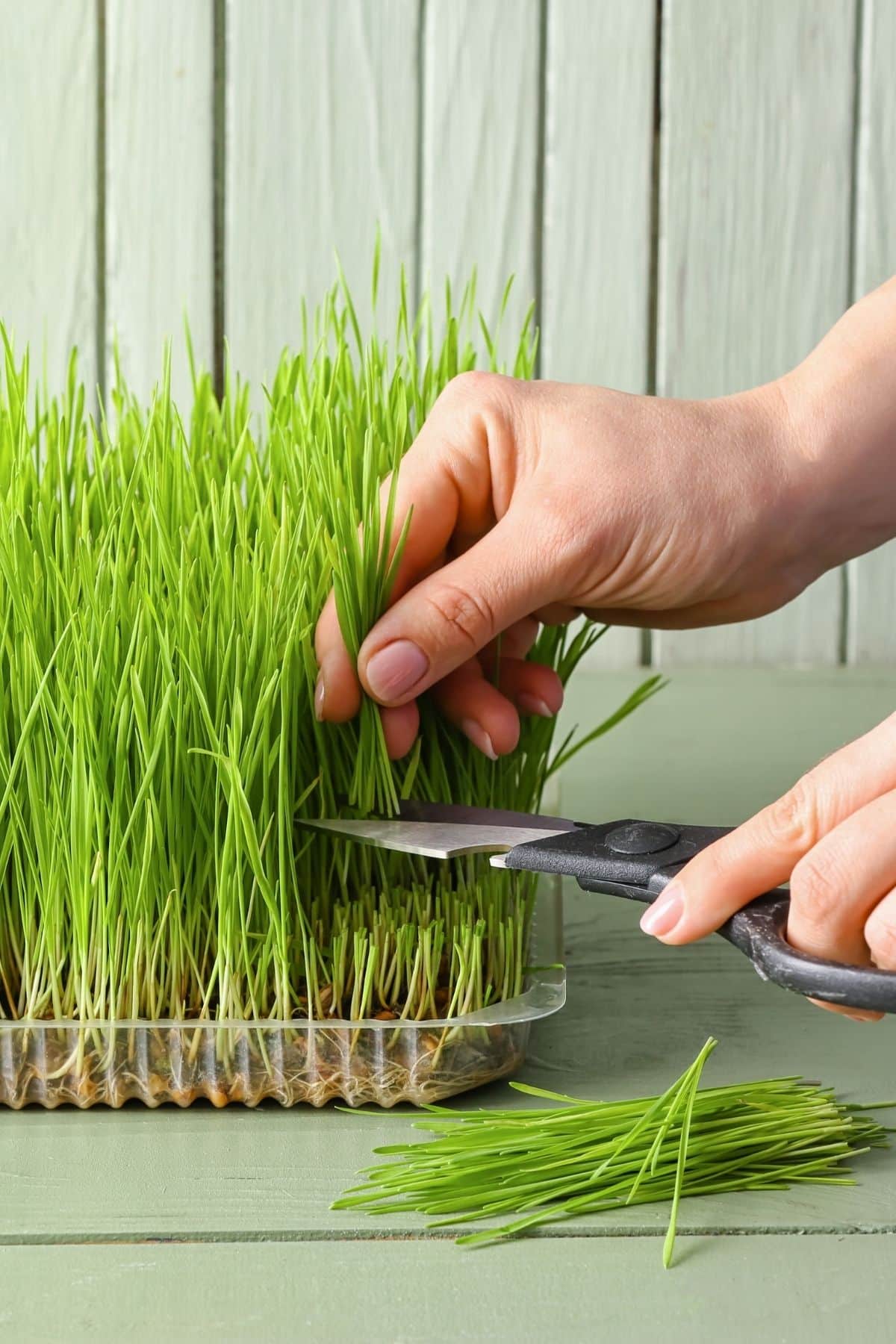
The young grass of a wheat plant, wheatgrass is becoming more and more popular for juicing as it is just so nutritious. Rich in vitamins and minerals, it may help lower blood sugar levels and even kill cancer cells.
It definitely has something of an acquired taste – it leaves you in no doubt that you are consuming grass.
Some people find it sweet, others bitter, but either way it is very pungent.
If you don’t like the flavor, you can try diluting the juice with coconut water or adding a squeeze of lemon. It also tastes good juiced with carrots, apples, grapes, or oranges.
To make the most of its benefits, always drink your wheatgrass juice within 15 minutes of making it. It’s also worth noting that wheatgrass is gluten-free, despite having “wheat” in its name.
See my list of the best wheatgrass juicers.
15. Lettuce
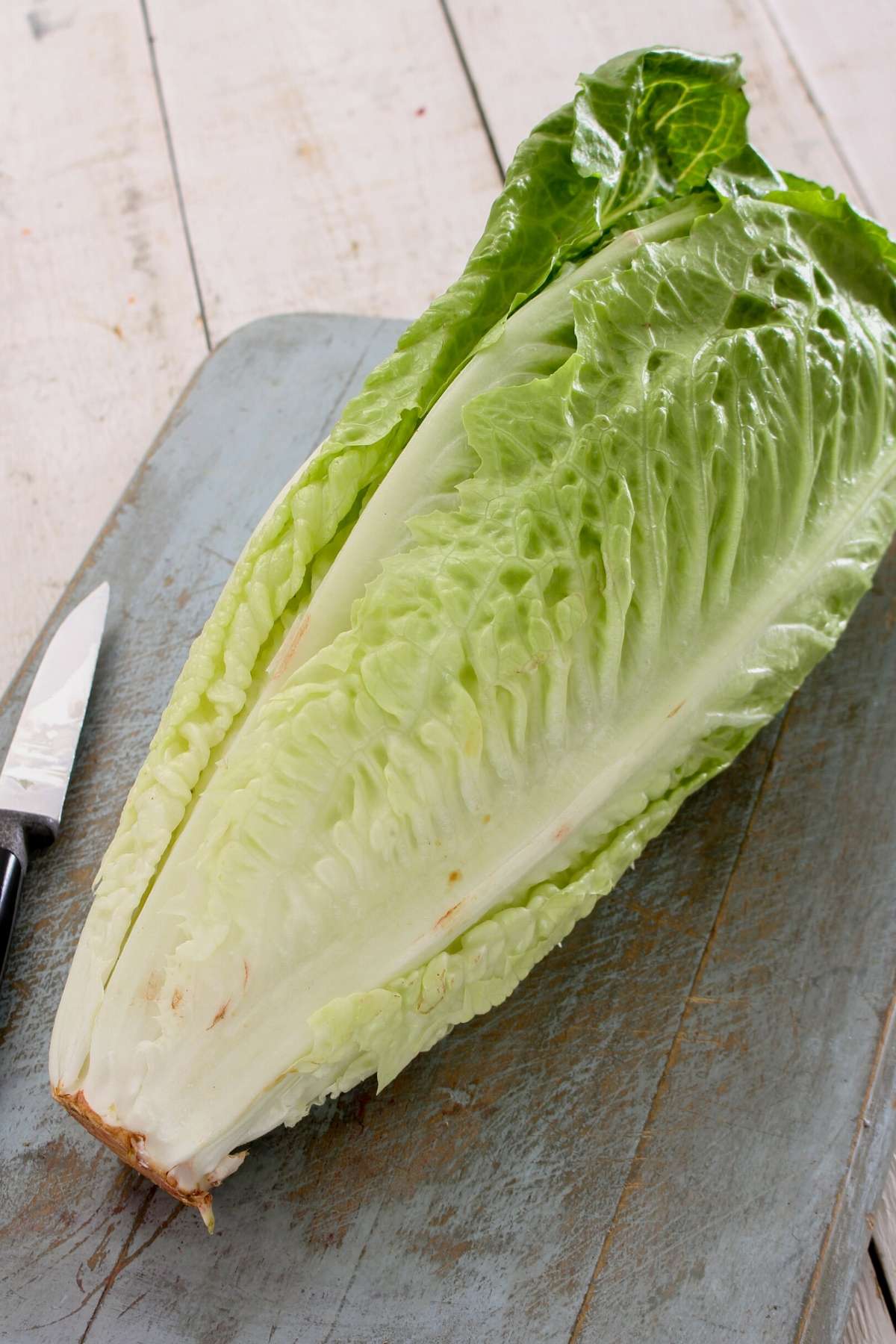
While iceberg lettuce appears on my list of the worst vegetables to juice, Romaine lettuce more than deserves its title as one of the best.
The most nutrient-rich of all lettuce varieties, Romaine contains a wide variety of vitamins and minerals. It also has folate levels comparable to those found in leafy greens like spinach and kale.
Romaine juice is refreshing, hydrating, and very mild in flavor. This means you can mix it with other juices without really affecting the way they taste.
Mix it with celery or cucumber juices for a savory green juice, or with apple or orange juice for a sweeter treat.
16. Mint
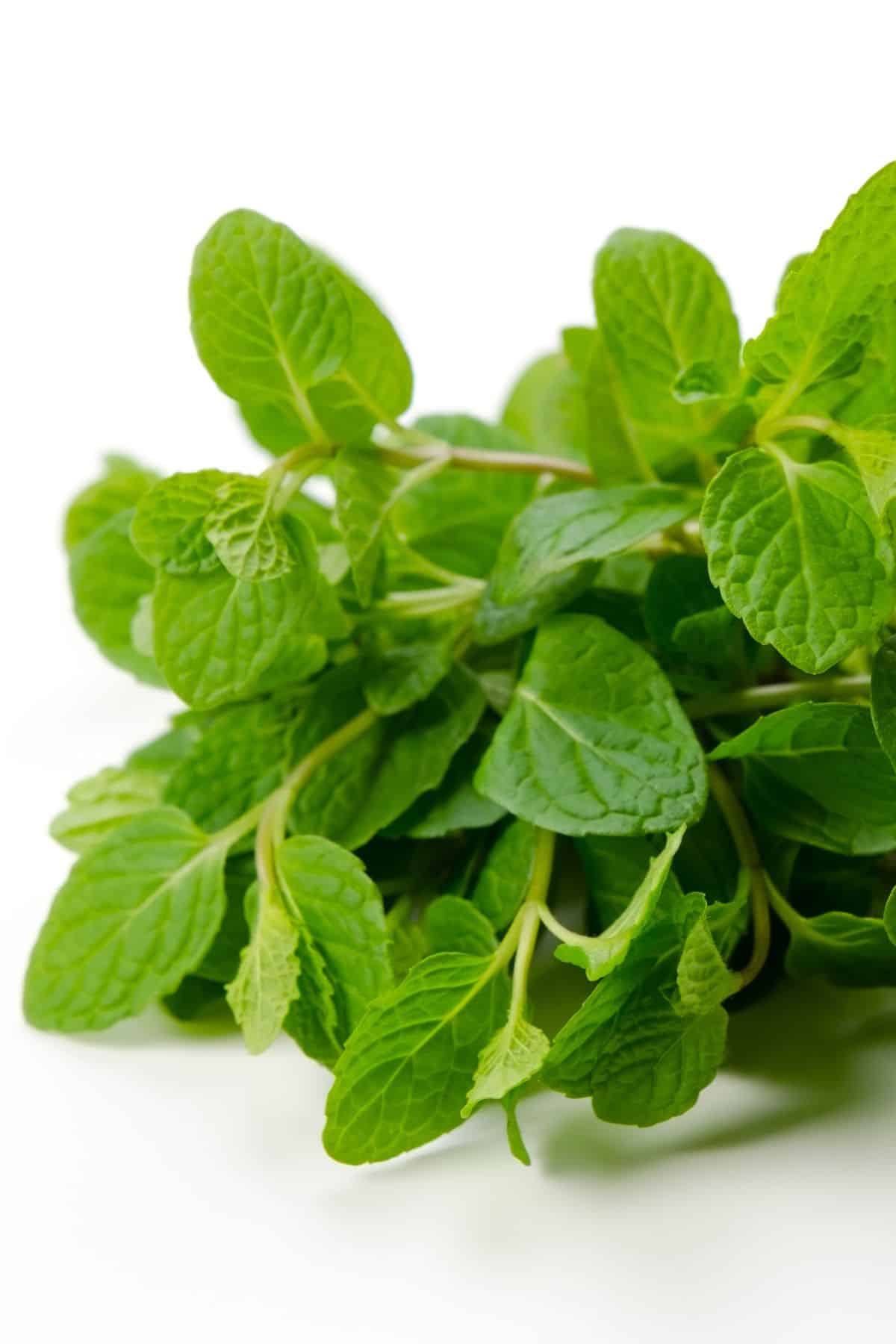
The health benefits of consuming fresh mint are pretty impressive! These little green leaves have antimicrobial and anti-inflammatory properties, while offering protection against cancer and supporting heart health.
Mint is also great for your digestion (see my recipe for how to make mint tea from fresh mint leaves).
In terms of juicing, mint works best when combined with other ingredients.
Try juicing it with leafy green vegetables, cucumber, or apples. It also tastes surprisingly good with fresh pineapple.
17. Parsley
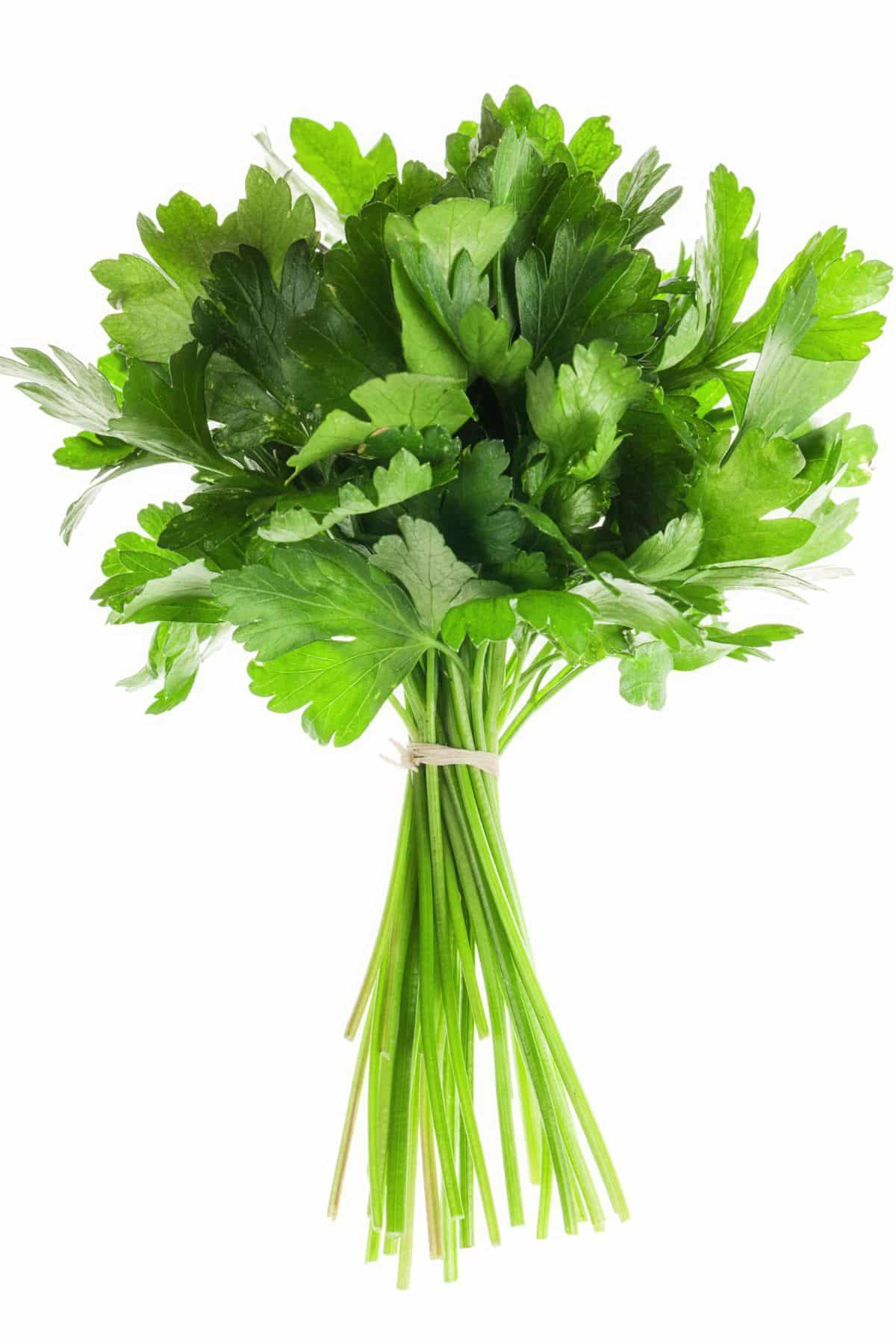
More than just a pretty garnish, parsley is a herb with a lot to offer when it comes to your health!
Shown to be useful in preventing cardiovascular disease, it is rich in antioxidants and packed with vitamin K, a nutrient that supports bone health.
Both the feathery leaves of parsley and the stems can be juiced. It tastes great when paired with spinach, kale, or carrots. For a sweeter flavor, try combining parsley with apples.
Try my favorite Parsley Juice recipe that includes apple, cucumber, and lemon.
18. Cilantro
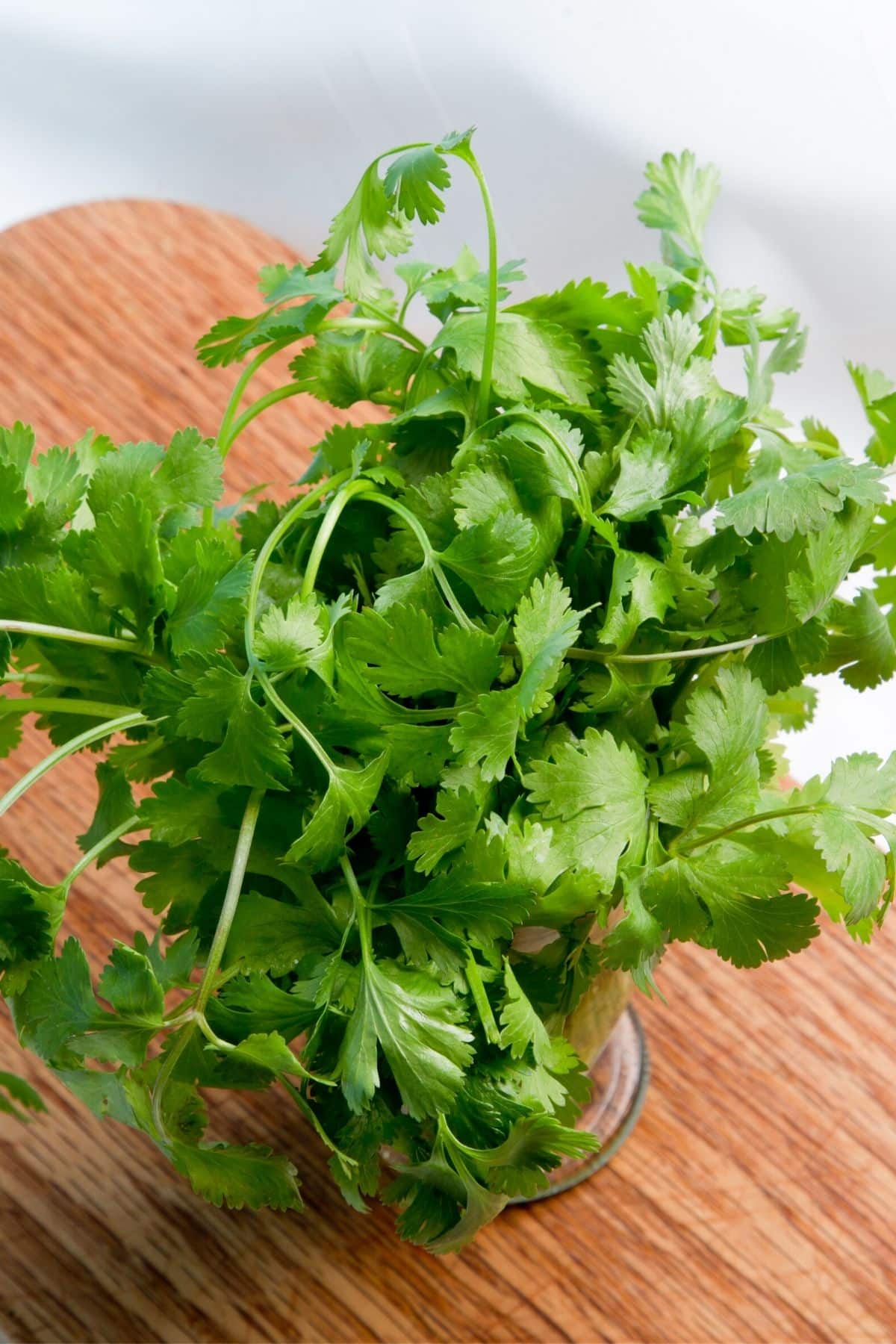
Love it or hate it, there’s no denying that cilantro makes a healthy addition to your juicing repertoire!
Not only do the leaves contain a range of vitamins and minerals, but they have also been shown to help improve memory, potentially making them useful in the fight against Alzheimer’s disease.
Juicing cilantro is a good way to get more of this healthy herb into your diet. If you are one of those people who find its flavor a little soapy, try juicing it with cucumber, ginger, and lime juice.
You can juice both the leaves and the stems of cilantro. Be sure to wash it thoroughly first.
19. Broccoli
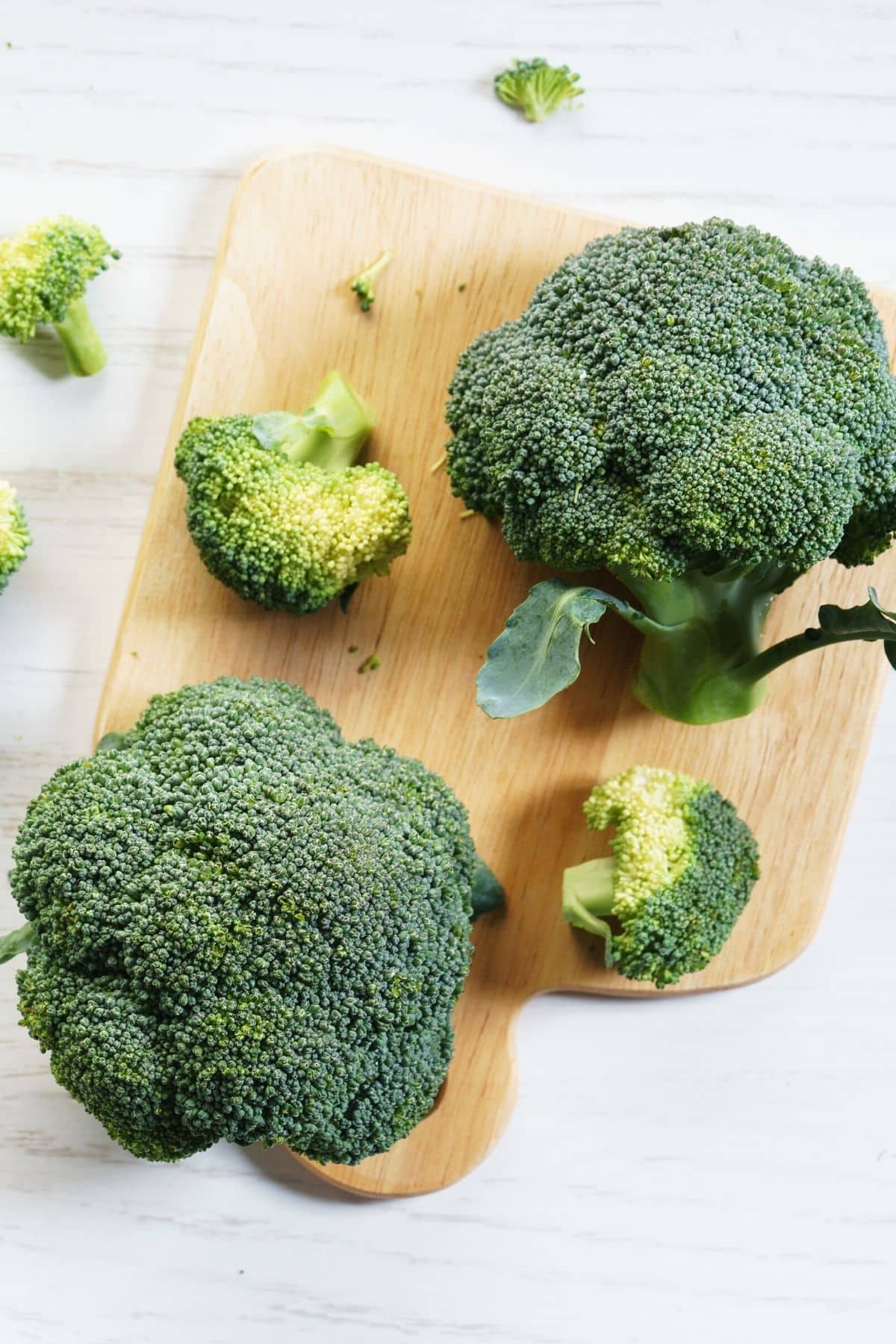
There are few foods quite as nutritious as broccoli!
All parts – including the florets, leaves, and stems – have powerful antioxidant properties and offer protection against cancer.
An excellent source of vitamin C, broccoli can also reduce inflammation in the body, help control the levels of sugar in the blood, and promote gut health.
Straight broccoli juice can be very strong in flavor. It can also be tough for your body to digest.
For that reason, I recommend mixing it with other healthy but sweeter ingredients like apple or carrots. You may also want to throw in some ginger, which should help minimize any digestive upsets.
You can juice both the florets and the stems of a head of broccoli.
20. Bok Choy
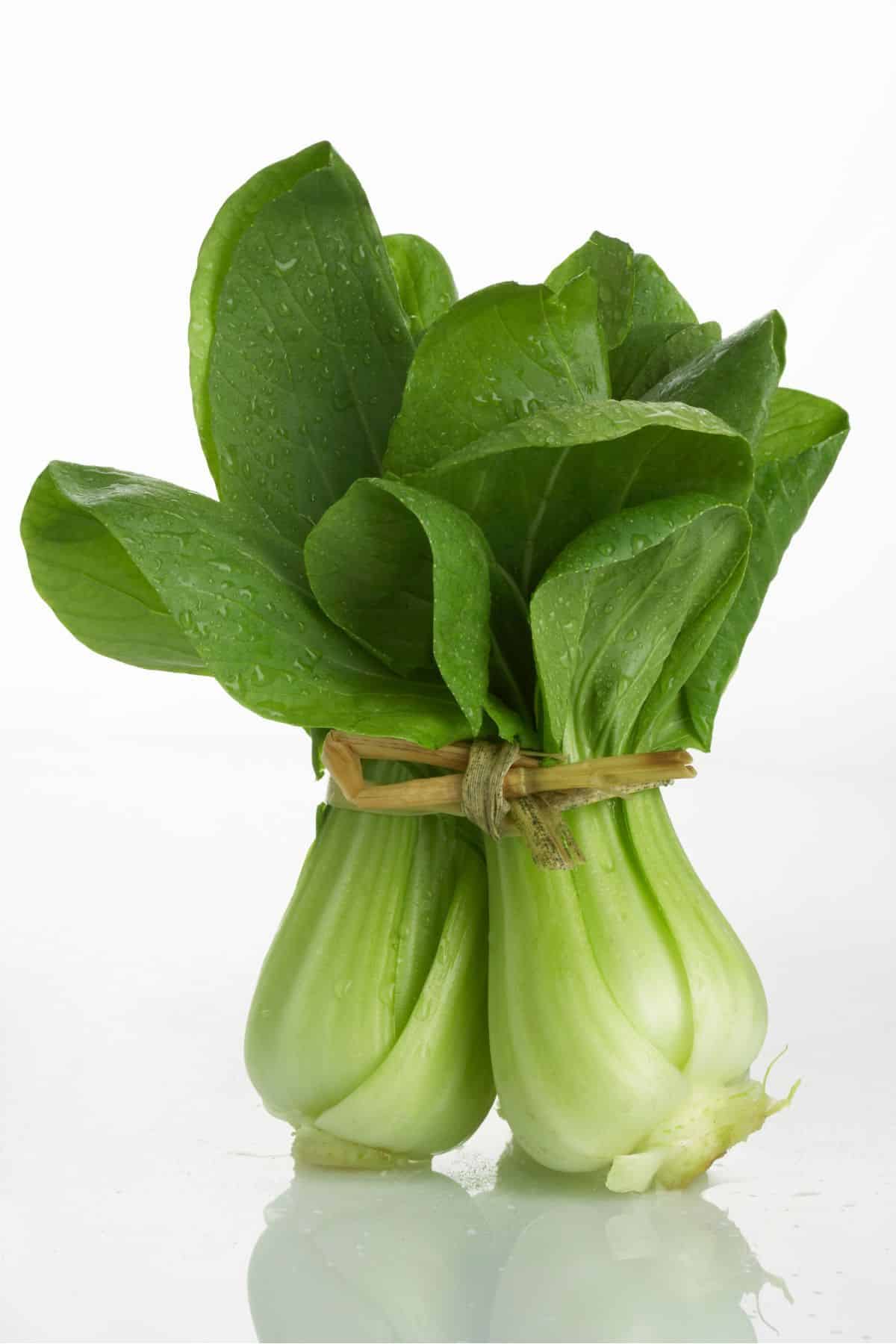
Also known as pak choi, this Chinese cabbage is a staple ingredient in Asian dishes.
It has numerous health benefits, being rich in minerals and vitamins and also containing some fiber.
Studies have demonstrated that eating bok choy can reduce the risk of cancer and help prevent thyroid disease.
Bok choy lends itself well to juicing as it has a mild flavor that you can enjoy straight, or mix easily with other juices.
A mixture of apples and bok choy tastes fantastic and it’s also good with a combination of pear and ginger. For a more savory angle, mix it with cucumber, zucchini, and a squeeze of lime.
21. Asparagus

Asparagus spears are the young shoots of a cultivated lily plant and are considered a delicacy.
High in fiber, folate, and a range of vitamins, asparagus contains high levels of potassium, making it useful in lowering blood pressure.
The idea of asparagus juice may seem strange. But given that it is often sold bottled or canned in some parts of the world, that really depends on where you come from!
It doesn’t have a particularly strong flavor but many people find it benefits quite a bit from the addition of other ingredients.
Try juicing it with apples or carrots if you find the straight juice a bit too earthy.
22. Zucchini
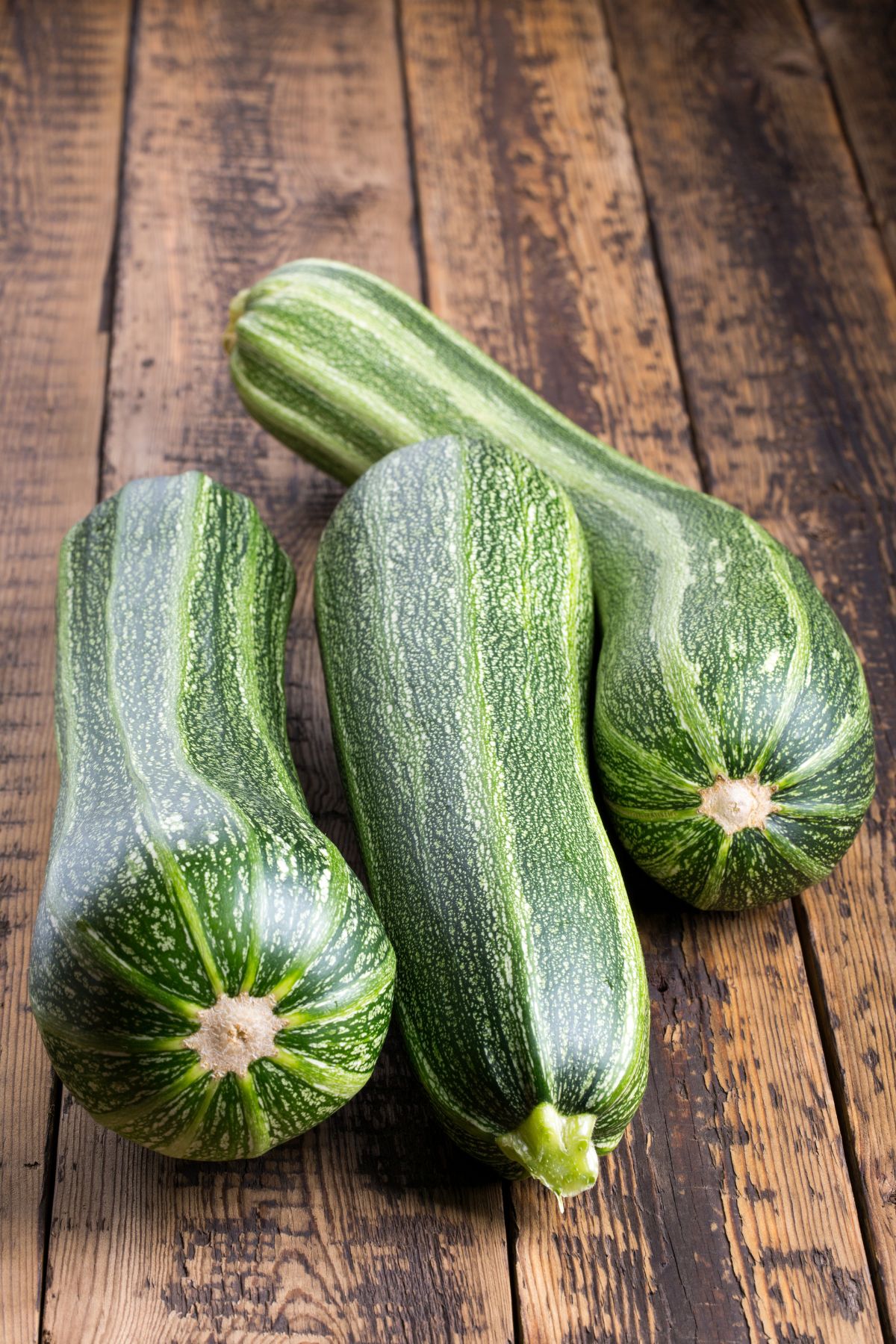
It may not have superfood status, but zucchini is definitely a vegetable worth including in your juices!
Also known as summer squash, it is rich in antioxidants and a good source of vitamin C, especially when raw. It contains beta-carotene – an essential nutrient for eye health – and it may also stabilize thyroid hormone levels.
Relatively mild and neutral in flavor, zucchini works well in both savory and sweet juice recipes. Try it mixed with ginger and lemon, or – for an interesting and unique flavor – juiced with apples and mint.
I also like to freeze zucchini and use it in my Strawberry Zucchini Smoothie.
Bonus Recommendations
This list is not exhaustive of the best veggies to juice. You can also try dill, red cabbage, broccoli rabe, or whatever you want to try.
Experiment with leafy vegetables or root vegetables to find a new veggie juice based on what you have in your kitchen or find at the grocery store.
Best Vegetables for Juicing FAQs
Drinking vegetable juice daily can be a beneficial way to increase nutrient intake. However, it’s essential to ensure variety to avoid excessive consumption of certain nutrients, and to be mindful that juicing can remove beneficial fiber found in whole vegetables.
Always opt for juices without added sugars and consider rotating the vegetables you use to ensure a diverse nutrient profile. Again, speak to your healthcare provider if you have questions related to your individual medical situation, such as kidney stones.
Yes, you can make juice without a juicer by using a blender. Blend the desired fruits and vegetables with a little water until smooth, then strain the mixture through a cheesecloth or fine mesh strainer to separate the juice from the pulp. This method retains more fiber than traditional juicing but still allows for a juice-like consistency. See my full guide on how to make juice with a blender.
You can balance the bitterness of vegetables like kale by adding sweeter vegetables or fruits, such as carrots, apples, or cucumbers, which dilute strong flavors without adding too much sugar
Juicing offers a quick way to consume a large quantity of vitamins and minerals, but eating whole vegetables is generally better for maintaining fiber intake, regulating blood sugar, and promoting satiety. It’s best to include both in a balanced diet, but be sure to consult your healthcare provider for individual support.
Worst Vegetables to Juice
Due to their bitterness or low water content, here are some of the vegetables to avoid when juicing.
- Mustard greens – these peppery green leaves come from the mustard plant and are highly nutritious, packed with antioxidants and phytonutrients (the natural chemicals found in plant foods that offer lots of benefits to the human body). But when raw, they have an overpoweringly strong flavor that can be hard to disguise in your juice
- Microgreens – the seedlings of herbs and vegetables, microgreens are a rich source of vitamins and minerals, with some varieties containing nine times more nutrients than their mature counterparts. But when it comes to juicing, the yield is far too small to be worth the trouble! Learn more about the best microgreens to grow at home for salads.
- Avocado – creamy and delicious, avocados are considered superfoods and contain a wide spectrum of nutrients. But their texture makes them inappropriate for juicing – use them to create healthy smoothies instead (like this Avocado Chocolate Smoothie).
- Cauliflower – a cruciferous vegetable, cauliflower is rich in vitamin C. But it can be difficult to digest when juiced – often causing gas or bloating – and has a strong flavor when raw that can be overwhelming and unpleasant. Save your cauliflower for savory dishes or for smoothies (like this Peanut Butter Cauliflower Smoothie).
- Brussels sprouts – Brussels sprouts provide you with vitamins (including some B vitamins and vitamin K), plus a good array of minerals and plenty of fiber. But their strong and sulfurous flavor means they are far better when consumed whole with a meal than when juiced.
- Iceberg lettuce – it may provide a refreshing, crispy texture to your salads, but iceberg lettuce is far too low in nutrients to make it a useful vegetable for juicing.
- Rhubarb – rhubarb is a good source of vitamin K, but it is too sour to be an ideal candidate for juicing. What’s more, it is so fibrous that it is hard to extract much juice from it and it could potentially damage your juicer.
More Vegetable Juice Recipes To Try
Don’t Miss These Juicing Resources!
Conclusions
I hope this guide has inspired you to try juicing a wider variety of vegetables! As you can see, there are lots of wonderful flavor combinations you can enjoy, using nutritious ingredients that can improve your health and wellbeing in so many ways.
Don’t forget to join my newsletter list to get exclusive clean eating recipes and tips. The newsletter is 100% free with no spam; unsubscribe anytime.
About the Author: Carrie Forrest has a master’s degree in public health with a specialty in nutrition and is a certified holistic nutritionist. She is a top wellness and food blogger with over 5 million annual visitors to her site. Carrie has an incredible story of recovery from chronic illness and is passionate about helping other women transform their health. Send her a message through her contact form.
Note: this post is for informational purposes only and is not intended as medical advice. Please consult your healthcare provider for recommendations related to your individual situation.


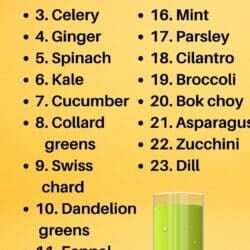
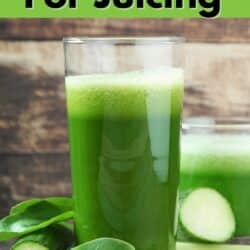
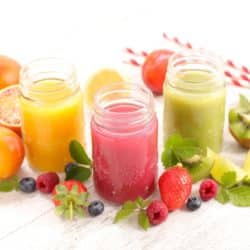
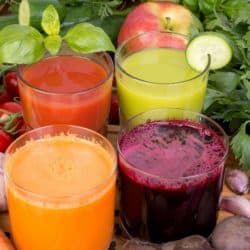
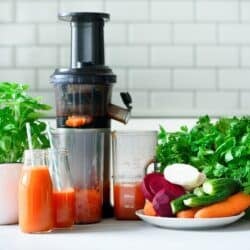
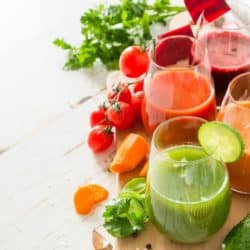














Dont forget pineapple in your list its the most delicious vegetable ever!!
But not a vegetables, it’s a fruit!
Thank you for this extensive list! Some foods I never considered for juicing (sweet potato, Zucchini), I would like to give a try. I did the mustard greens once. Worst thing ever :p
I’m glad you liked the list! Oh I so agree…mustard greens are intense!!!